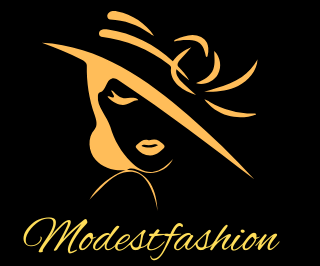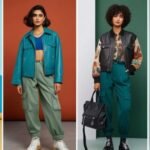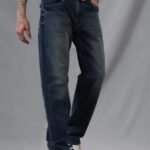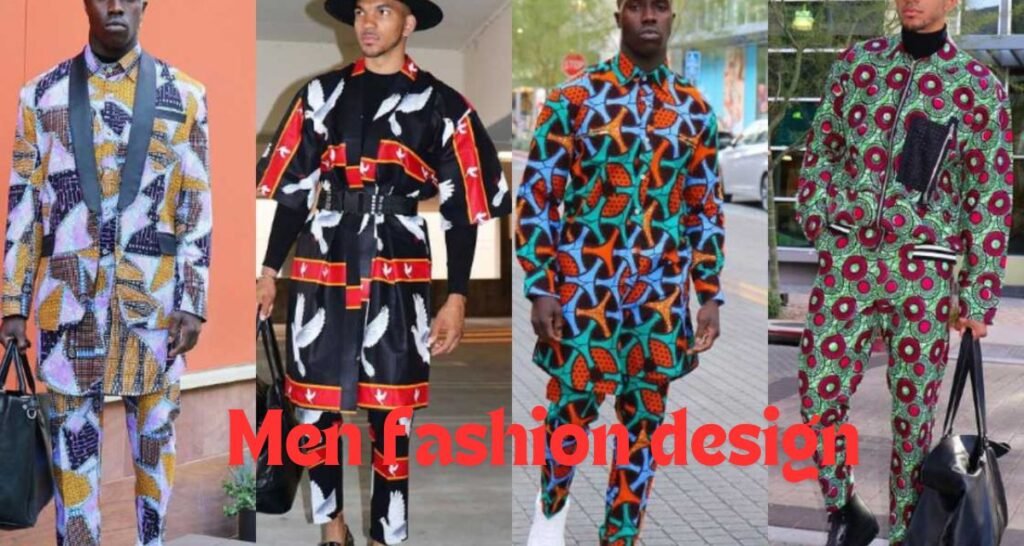
Fashion is not only the apparel one wears; rather it is an art, a media of public communication, and a big business. Dressing up is a general concept, but as the women’s fashion design receives much attention, the male fashion design is another major concern. This paper has further focused on the following components of men’s fashion design: Illustration, Tailoring, Pattern making, and the design process.
Fashion Illustration
Fashion illustration entails the activities of sketching clothing and accessory designs as well as presenting concepts, trends, and styles artistically.
Definition and Significance
Fashion illustration can be defined as the drawing or painting of garments, accessories, and people to present fashion concepts and ideas. It has major importance in the fashion business where sketches are used as a means of expressing new collections, tendencies, or conceptions before they are made. Fashion illustrations are used by designers to explain their ideas to clientele stakeholders as well as the general public; illustrations are assets to mens fashion shows and promotional items.
Tools and Techniques
Fashion illustrative materials may use pencils, pens, markers, watercolor paints, and computer-assisted tools with the aid of Aero Illustrator. Techniques range from simple drawings to computerized techniques, the use of shading and the blending of colors as well as texturing. Singers sometimes draw for templates and fashion croquis to keep the proportional length and emphasize garments.
Hints for Developing Good Fashion Illustrations
When making fashion illustrations, pay attention to the relative sizes of different parts of the body, pose the figurescaping to convey motion, and show the texture and finish of the cloth. Try out the various works and genres of art and identify which one is the most appropriate for your ideas. Studying fashion trends and performing the activity more often also contributes to the improvement of skills and imaginative skills.
Fashion Tailoring
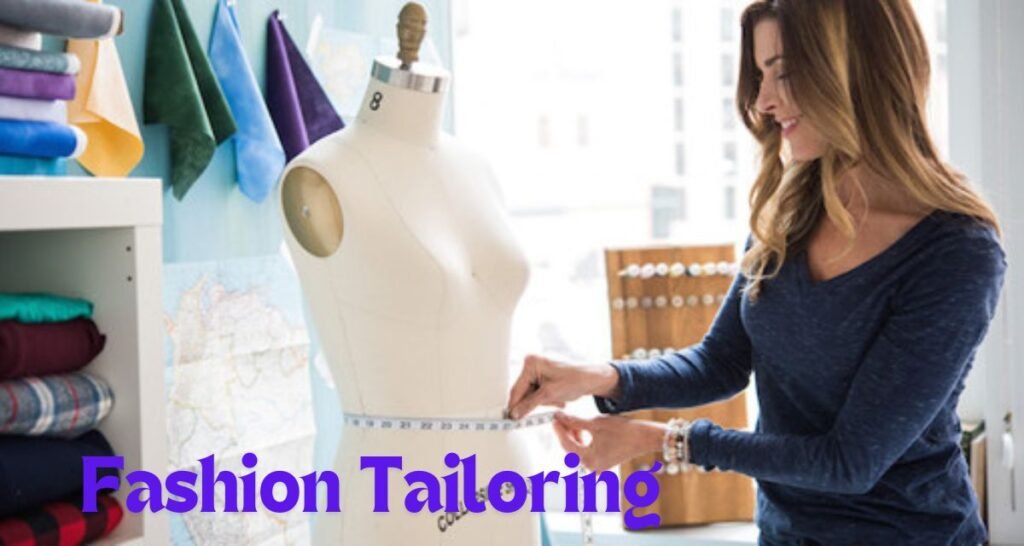
Fashion tailoring has features that imply that the garments perfectly fit the individual’s measurements and are appropriate to wear which could be fashionable and comfortable for the person wearing them.
Definition and Importance
Fashion tailoring may be defined as the art and application of fitting clothes into the human body to achieve a perfect fit for the body size and shape as well as the beautification of the clothes. This entails altering the clothes to fit the physical envelope of the end user and his/her desired looks. The aspect of tailoring is vital to ensure the clothes fit well and meet the desired quality that reflects professionalism, comfort as well as appropriate style.
Essential Skills for Tailoring
Some of the key competencies that can be applied in the task include; sewing, pattern making, and fabric choosing. Tailors need to have sharp vision, a good sense of measurement, and experience in a multitude of works which could include but are restricted to hemming, darting, and seaming. Other prerequisites include understanding the attributes of different fabric kinds.
Process of Etiquette on Men’s Fashion
- Measurement: It is critical to capture the client’s physical dimensions since they will be used to produce clothes for their body shape.
- Pattern Making: Make a new pattern other create a new pattern from the existing measurement.
- Cutting: Sew fabric pieces based on the pattern.
- Sewing: The fit and making of garment construction is another vital step, and here the garments have to be assembled.
- Fitting: Hold fittings to make some corrections and make sure they have the right fit.
- Finishing: Apply finishing work like touching and finishing.
Pattern Making
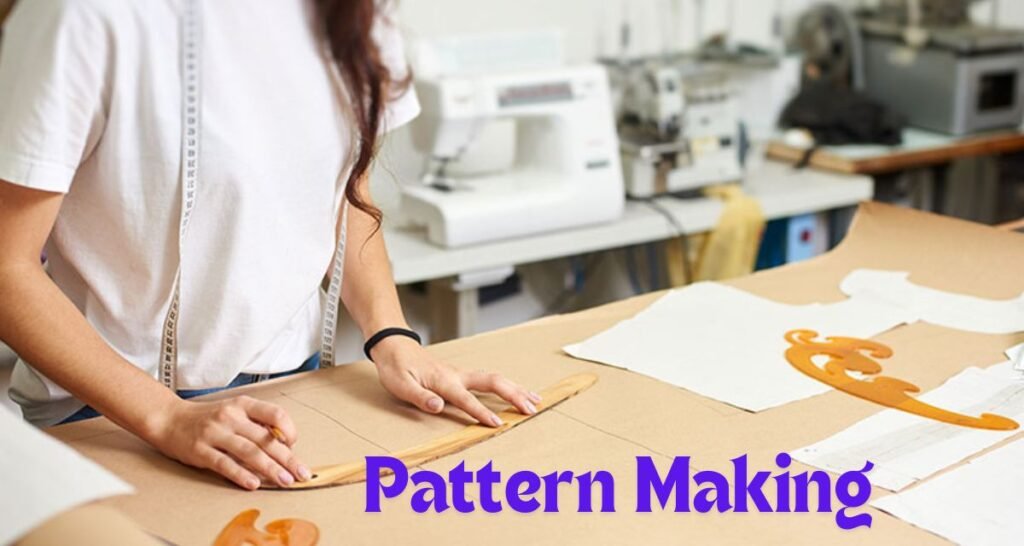
Pattern making is the process by which templates are developed to be used in cutting clothes and stitching them in the right way.
Overview of Pattern Making
Pattern-making can be described as the central process of coming up with patterns that are used in the development of garments. These patterns help in the determination of how a particular garment should be sewn and also the fits required by a specific design.
Tools and Materials Needed
For pattern making you will require Pattern paper or muslin, rulers, french curves, scissors or rotary cutters, and other marking devices. In pattern’s weight and pins are helpful in the accurate measurement whereas digital pattern making has the capability of making it more accurate and faster.
Steps in Creating Patterns
- Design Concept: Start with a specification in pencil or a concept on paper.
- Measurements: Measure from various parts of the body or the dress form with great accuracy.
- Drafting: Create simple patterns that would form the basis of the design according to the size and form of the piece of art.
- Cutting: Trace the limbs and head on paper or muslin and cut them out.
- Fitting: Construct a muslin of the design that will be worn on the model to meet the necessary adjustments needed.
- Finalizing: Fine-tune the pattern and make it ready for the cutting of the actual material.
Design Process in Men’s Fashion
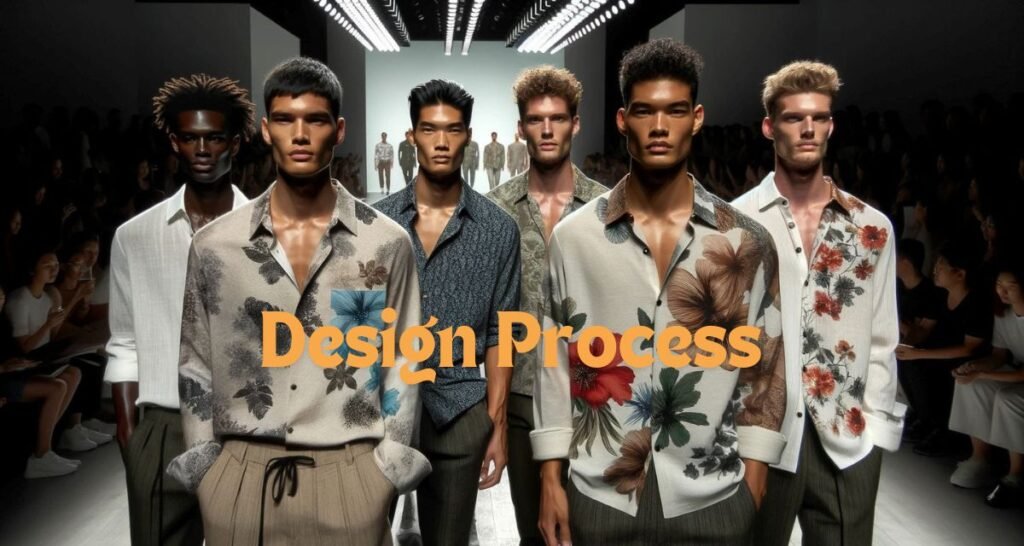
The stages include the development of ideas about the lines, construction of drawings, choice of fabrics, cutting and making of outfits, seamless construction, and development of garments to be marketed for male fashion.
Concept Development
Merely, the design process involved in designing clothes is concept development where designers set the base about the idea and vision of the collection they are dealing with. This includes; target markets, design objectives, and message or conceptual ideas that the collection embodies. The decisions made here are used as a reference point for all other decisions that are made concerning the design of the business.
Research and Inspiration
In the design process, research features heavily as one of the most important aspects of the whole process of creating a design. Designers go out to try to find out which trends are current, which styles are past references, and which societies may have inspired them. This phase consists of researching fabrics, colors garments’ shapes, and market needs. Trend analysis and the use of mood boards assist in narrowing down the targeted design direction and theme.
Sketching and Prototyping
After the creation of the concept and research, designers are ready to go to sketches and prototypes. Outlines are drawn toalize work and then comes the model or sample making. Some of these include procedures that help designers check the construction of the garments, the fits, and the functionality of a garment before moving to the actual production.
Integrating Fashion Illustration into Design
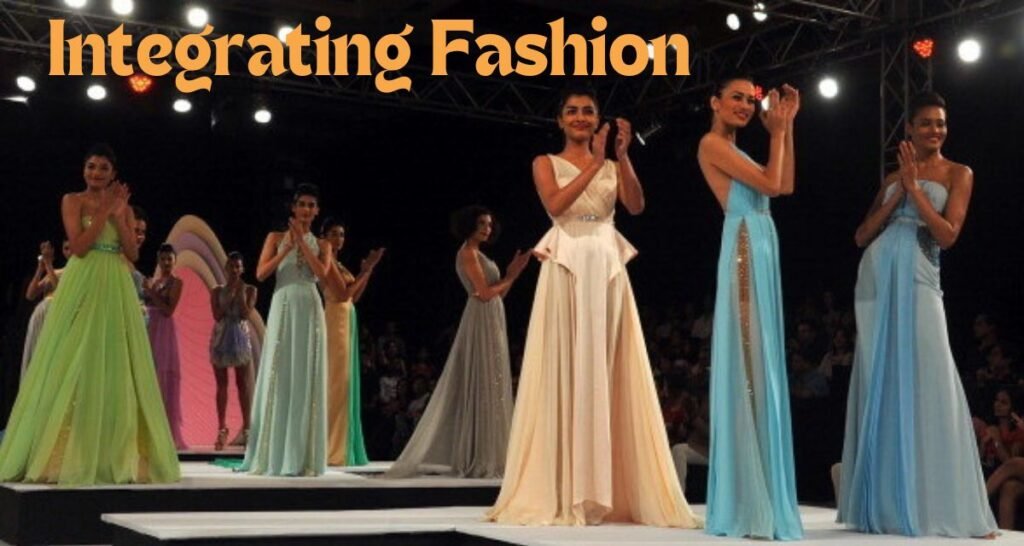
Applying fashion illustration to design means employing illustration as a tool for creating a concept, developing an idea, and leading the processes of garment construction.
How Illustration Supports in Designing
Fashion illustration is very vital in the fashion design process since it acts as a tool to help pass important messages and innovations. Concepts and sketches help the designers together with the clients visualize clothes that are yet to be made so that improvements can be made at the initial stage. It enables the capturing of several things such as fabric texture, color, and the shape of the design hence facilitating design conception and development.
You will thus develop Mood Boards and Design Sketches
Lookbooks are used to gather inspirational images, colors, fabrics, and other materials to lay the foundation for the selection of fabrics and designs for a particular collection. These illustrations on the mood boards depict the appearance of fashion, the general theme. These form ideas are again elaborated in design sketches, which are more detailed drawings of the proposed clothing and accessories. Dr redrawn garments provide the fabric developer with a guide of how the particular garment is going to look like, what style it will employ, and thus the pattern used will have to conform to this image.
Advanced Tailoring Techniques
Techniques are precision fitting, hand sewing, and other features related to quality, fitted, and fancy garments about the individual buyer’s body contours.
Detailed Tailoring Methods
Sulfur print is a complex disciplinary practice of fabric tailoring used in executing a perfect design of cloth. Some of the techniques used are hand sewing to increase the strength of fabrics, the use of canvas interlining to improve the stiffness of garments, and the perfect execution of darts and seams to give garments their best fitting. There is normally lapel pad stitching for lapels, and sewn hems in the bespoke Taylor’s suits to give that touch of class and comfort.
Custom Tailoring vs. Ready-to-Wear
This method also reassures the consumer the gown will fit without having to be altered as it entails the production of clothes that are made to the specific dimensions of the customer. This procedure involves several trials to come up with a design that complements individual sizes and tastes and produces a custom, superior piece of clothing.
On the other hand, ready-wear clothes are already produced and ready to be worn with little or no alteration since they are designed in conventional sizes. They take a relatively shorter time and are cheap but may not be able to give the fit, style, and touch of made-to-measure. Objective garments are off-the-rack garments while country-specific clothing concentrates on the exquisite and uniqueness of the client.
Men’s Fashion Trends

A trend in men’s wear signifies changes in fashion, the diverse styles, cuts, fabrics, and ornaments that define today’s styles and set seasonal agendas.
Modern Trends in Male Fashion
These of the current trends in men’s apparel involve loose-fitting clothes, and obvious examples are very loose-fitting blazers, and wide-legged trousers, which depict the modern man’s casual style. Large prints, bright hues, and postmodern style are preferred nowadays and very often involve references to the decades of the seventies and nineties. Also, the concept of sustainability is entering the fashion industry, focusing on clothes production without harming the environment and without using unjust exotic labor. Streets inspired a high-fashion trend as a mixture of comfort and sportswear with elegance touched the collections.
How Trends Influence Design
Practicalities affect product development and design through trends that are popular for fashion at a certain period in terms of dress code, colors, and fabrics. These trends are adopted by designers in their design productions to meet consumers’ tastes and the market pull. Arrangements urge innovation of styles, kinds of fabrics, and even construction of the clothes trending in society. This shows that adjustments to trends provide appealing collections that are fashionable to the modern world hence increasing the appeal of collections to the designer.
Future of Men’s Fashion Design
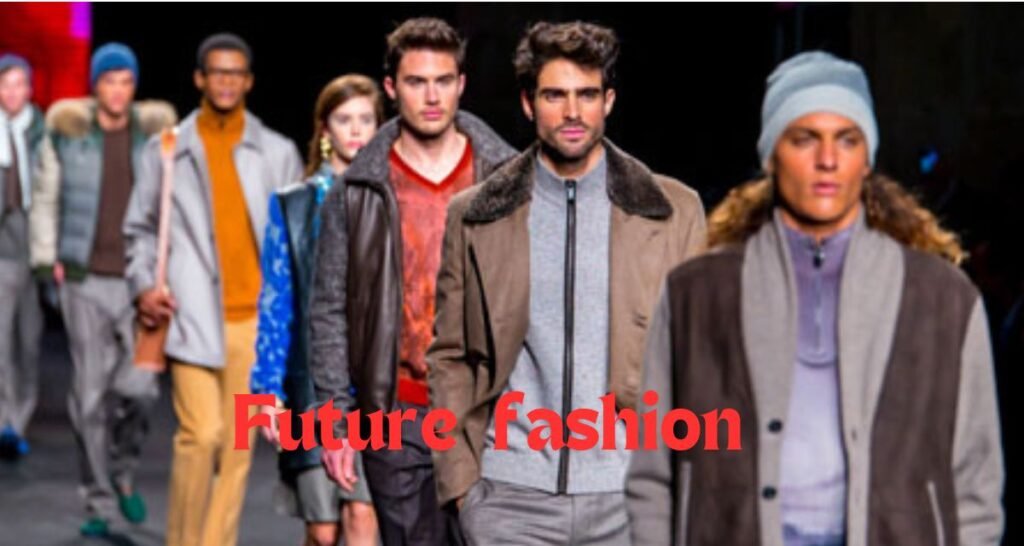
The future of men’s fashion design will entail the aspects of sustainability, digital advances, and new classical looks in response to the changes in culture.
Emerging Technologies and Innovations
It is crucial to take a look into the future to see the innovations that will define the forms of men’s fashion design. Indeed, 3D printing is transforming the garment production process and making it easier to produce customized garments with beautiful patterns. Fashion is also incorporating wearable technology such as smart fabrics for health tracking, or to control temp. Those are also applied to some extent to the sphere of shopping where virtual and augmented reality can be used for virtual fitting and design-to-physique processes. Also, technological factors relate to employing sustainable products, including the use of environmentally friendly materials and methods.
Predictions for Future Trends
Thus, it is believed that the tendencies of the further evolution of the male non-lobster image will be#!/Men’s fashion trends of the future will likely center on customization and versatility. There will be more singular designs that are made and fitted to the expressions and size of the client. Probably, there will be more accent to ecological problems such as recycling and effective environmentally friendly technologies. Fashion might also be experiencing the merging of dressed-up and dressed-down ensembles due to new lifestyle patterns accompanied by work-from-home culture. The advancement in fabric technology and fashion design will go to a new level, way beyond conventional fashion.
Conclusion
Fashion designing for males is a wide and evolving industry that is closely related to art, science, and skill. This is why aspiring designers can if they acquire skills in illustration, tailoring, pattern making, and the overall design process, come up with stylish garments that suit today’s consumers.
FAQs
What is fashion illustration?
Fashion illustration refers to the ability to paint garments, and accessories and create sketches as a mode of expressing ideas on fashion thus acting as the first stage in fashion design.
What should I do to become a better tailor?
Enhancing the opportunities of getting the finish of the garments that meet the required standards include, exercising precision cutting and sewing, and focusing on detail. Other ways are taking courses and working with professional subtlety because they are experts in their fields.
What are some of the steps that are followed in pattern-making?
Pattern making includes drafting, truing, marking, and testing those patterns on which the garment and its fit have been visualized.
What is the best way to be an entry-level holder of a men’s fashion design job?
The process of building initial employment as a fashion designer requires acquiring education and training in fashion designing, internships, portfolio development, and being market-mordant with what is current in the market.
What is the latest in men’s style?
Thus, the trends that prevail today are as follows: athleisure, retro, zigzags, and other contrasting patterns, focusing on ecology and comfort.
